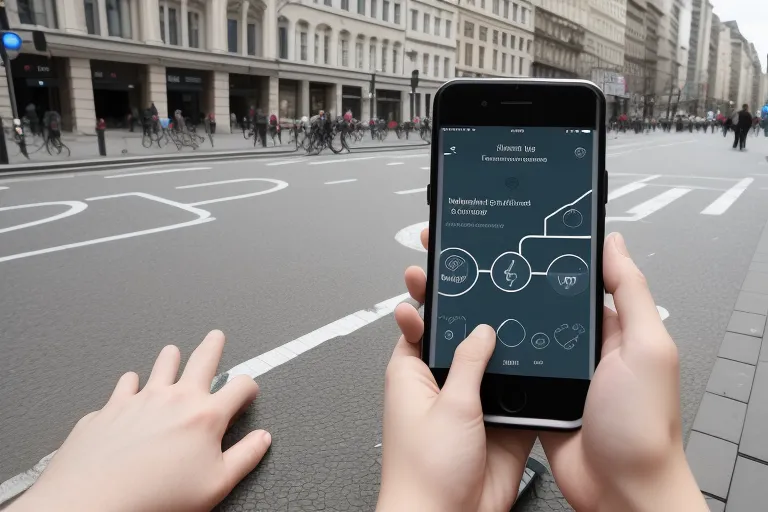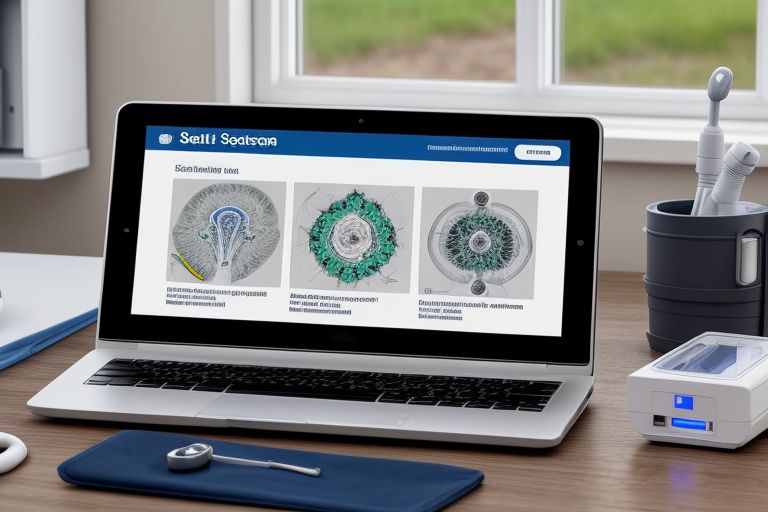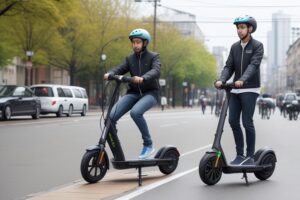In a significant advancement for accessibility and inclusivity, a new AI-powered app is transforming how blind and visually impaired individuals navigate urban environments. This innovative application utilizes cutting-edge artificial intelligence to provide real-time audio guidance, empowering users to move through cities with confidence and greater independence.
Bridging the Gap in Urban Mobility
Navigational challenges in bustling cityscapes can be daunting for blind individuals. Traditional aids such as canes or guide dogs are invaluable, but they have limitations, particularly in densely populated or unfamiliar environments. The introduction of an AI-powered navigational app specifically designed for the visually impaired aims to bridge this gap, enhancing traditional methods with digital intelligence.
How the App Works
The app employs a combination of GPS technology, machine learning, and computer vision to interpret the user’s surroundings. By accessing the camera on a user’s smartphone, the app can identify obstacles, read street signs, and provide verbal cues through earphones or a connected hearing device. This real-time processing allows for dynamic navigation that adjusts as the user moves, offering guidance similar to that of a sighted person walking alongside.
Key Features and Functionalities
Real-Time Obstacle Detection
Using the smartphone’s camera, the app detects and warns of physical obstacles in the path, such as potholes, street furniture, or unexpected barriers, reducing the risk of accidents.
Audio-Based Interface
The app’s interface is designed to be completely audio-based, providing clear and concise directions and environmental descriptions through voice, making it fully accessible without sight.
Integration with Public Transport
One of the standout features is its ability to integrate with city public transportation systems. The app provides information on bus and train schedules, platform changes, and delays, helping users make efficient and safe travel decisions.
Impact on Users
The app significantly impacts its users by promoting independence, safety, and social inclusion. Blind and visually impaired individuals can explore new neighborhoods, commute to work, or meet with friends more easily, reducing reliance on assistance from others and enhancing their quality of life.
Challenges and Innovations
Developing such an app comes with its set of challenges, mainly around the accuracy of real-time data interpretation and privacy concerns related to constant audio and video streaming. However, innovations in AI and machine learning are continually improving the app’s responsiveness and reliability, while developers are also prioritizing data security and user privacy.
Future Developments
The potential for future enhancements includes more personalized navigation options, such as route suggestions based on the user’s walking speed and preferred level of assistance. There’s also the possibility of expanding the app’s functionality to include social features, like sharing location updates with family or connecting with other visually impaired users in the area.
Conclusion
This AI-powered app is more than just a tool; it’s a leap towards more inclusive urban living, providing freedom and independence to those who were previously dependent on others to navigate city spaces. As technology continues to evolve, the promise of more accessible cities becomes a reality, underscoring the profound impact of ‘tech for good’ initiatives in transforming lives.























+ There are no comments
Add yours